It’s not that unusual for owners of trailers to be thinking about tires. If you’re going to take towing safety seriously, you have to give attention to these seemingly simple circles that provide your connection to the ground, which is as true for a trailer as it is for a tow vehicle. In fact, trailer tires are expected to put up with heavier loads, unusual turning abuse and inconsistent use. Selecting and maintaining trailer tires is an important aspect of the trailer life.
ST VS. LT
What is a trailer tire and how is it different from a light truck tire? Most trailer tires are specifically designated “ST” because as Special Trailer tires they are designed to handle stresses that are not common to “LT” or light truck tires.
You may have noticed that tight turns with your tandem- and triple-axle trailer put tremendous side loads on the tires. You can see it in the sidewalls or hear it coming from the contact patch. ST tires are designed to handle these side stresses; LTs usually are not.
ST tires are also specifically designed to resist movement that can cause trailer sway, which can be a tremendous advantage in trailer handling.
According to some ST tire manufacturers, the polyester cords used in ST tires are bigger than those found in a comparable P-metric or LT tire. For the most part, the size of these components is directly relative to the tire’s size and load rating regardless of the tire’s type, be it ST, LT or P-metric, and the components are correctly sized for a given tire.
ST tire compounds contain chemicals to resist weather and ozone cracking, which are conditions that trailer tires often endure during long-term storage. Characteristics
of these tire compounds also address the inconsistent duty cycles of trailer tires that go from extended inactivity to hard use.
Use of non-ST tires should only be done at the recommendation of the trailer manufacturer. There is no shortage of “experts” online who will swear that ST tires are a conspiracy and that LT tires are better for trailering, but problems with ST trailer tires are likely to stem from not properly maintaining tires, running them underinflated, speeding or a plethora of other trailer-tire mishandlings. We are going to go with the recommendations of the trailer makers and the tire industry.
We are going to go with the recommendations of the trailer makers and the tire industry.
With that said, some RVers have experienced seemingly unexplained failures with ST tires on appropriately set-up trailers, especially off-brand tires imported from overseas and sold in this country at bargain prices. Some of those people solve their problems by switching to comparably sized LT tires with the same or higher maximum load ratings. This is one option to keep in mind in the event you’re experiencing ongoing trouble with ST tires.
Carlisle’s illustration shows the anatomy of a radial ST trailer tire.
Bias-ply or Radial?
Bias-ply tires are designed with cords that are oriented at about 60 degrees from the direction of travel and are layered to crisscross over each other. This design makes bias-ply tires more rugged, which is a good fit for some rougher terrain and some off-roading. The cord pattern creates a greater resistance to sidewall punctures.
Radial tires feature plies that run perpendicular to the direction of travel. Radial tires deliver a smooth ride, better tread wear and retain less heat, which also extends tire life.
Radial tires deliver a smooth ride, better tread wear and retain less heat, which also extends tire life.
Since bias-ply and radial tires have dramatically different construction and handling characteristics, you should never mix the two types of tires. Always choose one or the other for your trailer. Bias-ply tires are rarely found on new trailers these days.
Blow Up or Blow Out
Tires should be inflated to the pressure recommended for the trailer. A majority of trailer-tire blowouts are due to an underinflated tire, which creates excessive heat, damages the tire liner and causes the tire sidewall to rupture. If a trailer tire has a maximum pressure and not a maximum load at a minimum pressure printed on the sidewall, it should not be exceeded, but trailer tires like all tires should be inflated based on load, which will not necessarily require the maximum or minimum pressure printed on the sidewall.
Tire pressure should be checked when the tires are cold, before use and not when they have been directly exposed to sunlight. Visually inspecting trailer tires before use is important, but also use a tire-pressure gauge to read the actual pressure. The stiffer sidewalls of ST tires can often hide the potentially underinflated tire.
Visually inspecting trailer tires before use is important, but also use a tire-pressure gauge to read the actual pressure. The stiffer sidewalls of ST tires can often hide the potentially underinflated tire.
Goodyear recommends that a tire that has been run even 20 percent underinflated be dismounted and inspected by a trained professional. Tires that have been run underinflated shouldn’t be aired up without a full inspection. A tire puncture causing a slow leak can go undetected if you’re not diligent in checking tire pressures. Also, tires naturally lose a pound or two of inflation pressure per month.
Trailers with multiple axles require the tires to be identical in size to properly manage the weight of the trailer for their expected load capacity. Maxxis recommends consulting with your trailer manufacturer when considering larger tires as an option for your trailer. The trailer manufacturer can give you specific information on load capacities and tire sizes. In general, you can replace the same size tire with a higher load capacity, but never go to a lower load rating for your trailer.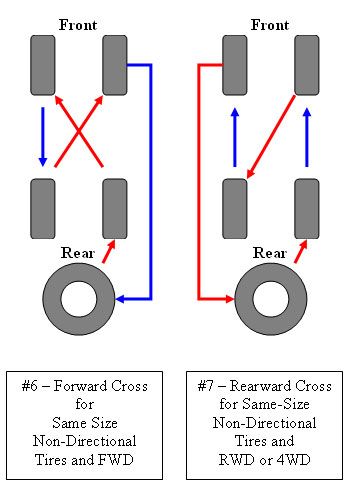
While tire-care products can make tires shine and look great, don’t use those that contain alcohol or petroleum distillates. They can cause tires to dry out, become weather cracked and wear more quickly.
Tire Lifespan
It seems counterintuitive, but trailer tires that are regularly used can have a better lifespan than those that are kept in storage. During use, tires release compound lubricants that can help extend tire life. A tire that is not in use can degrade from ultraviolet (UV) exposure.
The life expectancy of a trailer tire varies from manufacturer to manufacturer; however, most are between 3 to 8 years, regardless of mileage. Carlisle Tire estimates that one-third of a tire’s strength is gone in approximately 3 years. Carlisle says to consider replacement after 3 years, regardless of tread depth remaining; and at 5 years definitely replace. That’s just one company’s recommendation.
Other tire manufacturers generally suggest a tire be replaced at 7- or 8-year intervals. Frequent and detailed inspection can help you gain perspective on the tire’s ongoing condition as its projected lifespan nears its end.
Frequent and detailed inspection can help you gain perspective on the tire’s ongoing condition as its projected lifespan nears its end.
Tips for Storage
If the trailer is fitted with bias-ply tires and will be stored for an extended period (say, six months), it should be put on blocks to avoid flat spotting the tires. For shorter-duration storage, place each tire on a waterproof surface — such as a plastic kitchen cutting board, some type of thick rubber mat or a piece of sheetmetal on a piece of plywood — to help isolate the tires from groundwater that can soak up into the tire and accelerate tire degradation.
Weather cracking occurs naturally in trailer tires from exposure to heat and sunlight so they should be protected from ozone, UV and heat-related exposure during storage. Storing the trailer in a cool, dark garage will prolong tire life. A less-costly option is to use tire covers available at RV accessory retailers, as these covers shield the tires from sunlight and other storage abuses.
Speed
Speed kills trailer tires. Most ST tires are designed to be run at a maximum of 65 mph. Higher speeds cause the buildup of heat, which seriously impacts the life and wear of the
trailer tires.
Alignment
Trailer alignment can be the cause of tire wear and tear. Finding a shop that is equipped to check and fix alignment issues could mean better trailer-tire life.
Alignment items to be checked include camber, toe-in, and ensuring that the axles are parallel to each other and perpendicular to the hitch pivot point. A well-equipped shop can adjust all of these characteristics to help you achieve long and reliable tire life.
Balance
It’s not a commonly known practice, but balancing trailer tires can help extend tire life as well as the lifespan of wheel bearings and other axle components. An out-of-balance trailer tire is a bad idea just as an out-of-balance tire is a bad idea on a tow vehicle. There’s no one in a trailer to feel the shaking and vibration from out-of-balance tires, but that doesn’t mean the shaking isn’t happening or it’s not affecting the trailer’s hardware.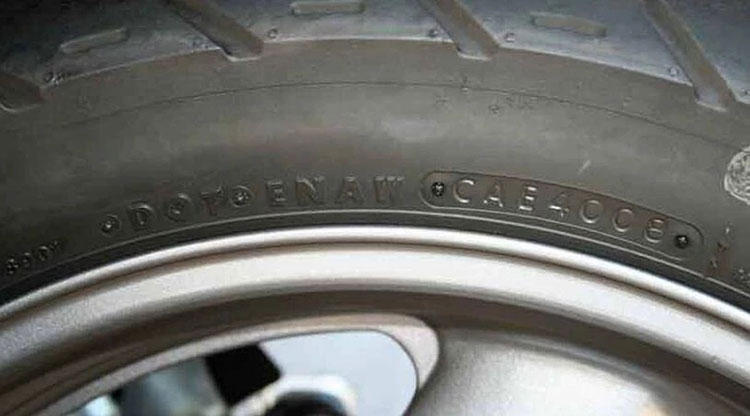 Trailer tire balancing is cheap insurance.
Trailer tire balancing is cheap insurance.
Read the Manufacturing Date
Tire makers are required to display the four-digit manufacturing date of the tire at the end of the DOT number on the tire sidewall. Check this number even when you’re buying new tires to make sure they were recently manufactured and not already missing a part of their useful life sitting on a shelf. The first two digits are the week and the second two are the year of manufacture. So, if the number reads “1912,” they were manufactured in the 19th week of 2012.
Keeping your trailer tires up to date not only avoids delays on your trips, but keeps your family and fellow travelers safer. Save your creativity for your camp cooking and not for selecting trailer tires. Replace with the right tires as recommended by the trailer’s manufacturer or by qualified engineers in the tire industry. Following are popular trailer-tire options.
Your trailer’s tires help carry the weight of your cargo, and in order to do so safely, it’s necessary to inspect them often for wear and replace them as needed. Waiting too long to replace your trailer’s tires can lead to a number of issues and even create dangerous situations, so we want to make sure you know how to spot the signs that your tires need to be changed.
Waiting too long to replace your trailer’s tires can lead to a number of issues and even create dangerous situations, so we want to make sure you know how to spot the signs that your tires need to be changed.
You should be inspecting your tires before you use your trailer, every time. As you inspect your tires, keep in mind the following areas that need to be inspected for indications that your tires should be replaced.
Tire TreadThe tread on your trailer’s tires provide the gripping action and traction needed to keep your trailer from slipping and sliding on the road, driveways, and more. Look at tire treads for signs of uneven wear patterns. As a general rule of thumb, your tires should be replaced when the tread is worn down to 2/32 of an inch.
Tires do have built-in tread wear indicators to help you realize when it is time to replace them. The indicators are the raised sections with intermittent spacing in the bottom of the tread grooves.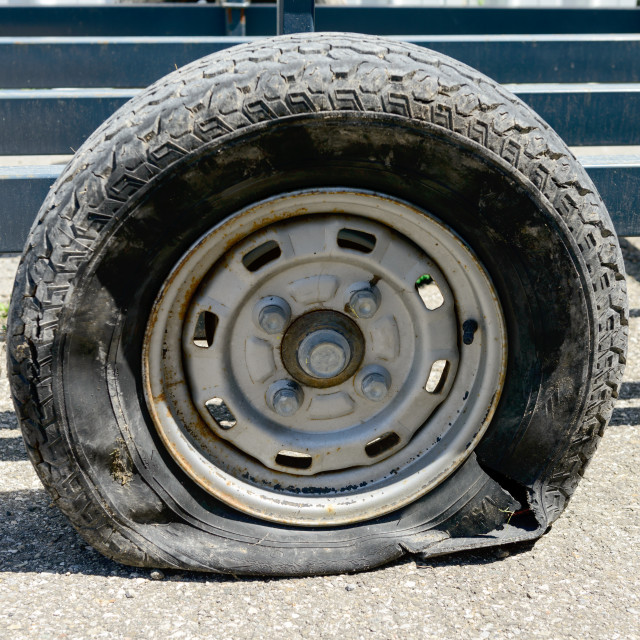 When these indicators appear even with the outside of the tread, it’s time to replace your trailer’s tires. You can also check this by placing a penny in the tread depth with Lincoln’s head upside down and facing you. If you can see the top of his head, you need to buy new tires. Remember to include your trailer’s spare tire in your regular inspections!
When these indicators appear even with the outside of the tread, it’s time to replace your trailer’s tires. You can also check this by placing a penny in the tread depth with Lincoln’s head upside down and facing you. If you can see the top of his head, you need to buy new tires. Remember to include your trailer’s spare tire in your regular inspections!
Cracks, punctures, and foreign objects can create spaces that allow air to escape from your tires. If you don’t catch it soon enough, any of these could lead to a blowout or worse. Remove foreign objects as soon as you notice them wedged in your tire tread to prevent further damage. If you notice a crack or if your tire is punctured, it may be repairable by plugging the hole and patching the area inside the tire that surrounds the hole, depending on the location. If this doesn’t resolve the issue, or if your tire’s sidewall has been punctured, it will need to be replaced. Remember, any attempt to repair trailer tires should be done by a tire professional.
Remember, any attempt to repair trailer tires should be done by a tire professional.
In addition to inspecting tires for cracks, be sure to check the valve stem for cracks as well. This is important because the valve stem is used to inflate the tire. If a tire cannot be properly inflated due to cracks in the valve stem, it’s time to replace the tire.
Damage or DeformitiesKeep an eye out for damage and deformities such as bulges, cuts, and flat or extremely bald spots and replace your tires if you notice any of these.
AgeAge is also a factor to consider when determining if your trailer’s tires need to be replaced. Each tire manufacturer will likely have different recommendations on the service life of a particular type of tire, but statistics suggest the average life of a trailer tire is about five years under normal use and maintenance conditions, and that tire replacement should be considered after three years, even if the tires appear to have adequate tread depth.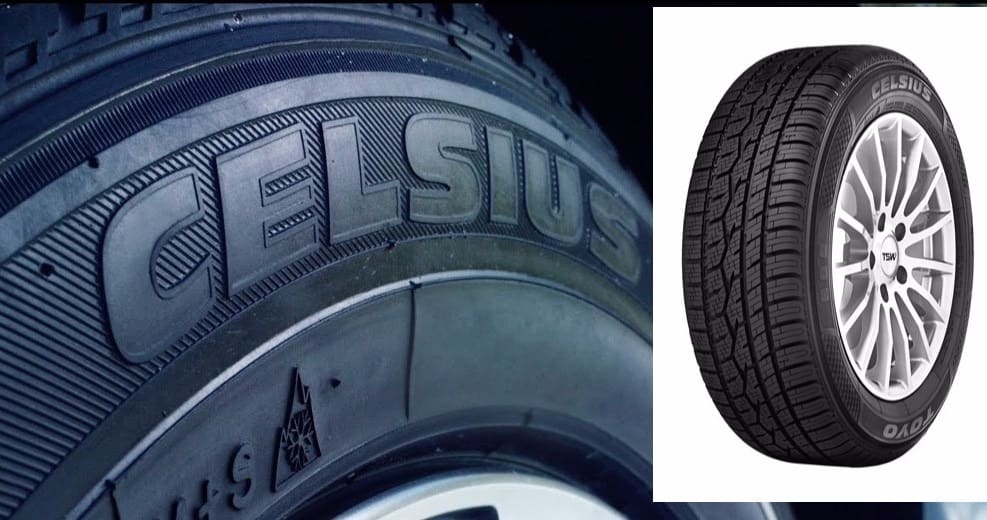 Consult with your tire dealer if you have questions regarding the life expectancy of your trailer’s tires.
Consult with your tire dealer if you have questions regarding the life expectancy of your trailer’s tires.
In addition to knowing how to spot the signs that your trailer’s tires are due to be changed, it’s important to know the most common causes of trailer tire damage and avoid them to help maintain safety on the road, and extend the life of your tires and improve your vehicle’s fuel economy. Trailer tire damage is often a result of:
Your trailer’s tires are a key element of your trailer, and knowing when to replace them is essential to ensure your own safety, as well as the safety of your cargo and others on the road. If you have questions regarding your trailer’s tires and when to replace them, consult with your owner’s manual, your trailer dealer, or a tire professional.
If you have questions regarding your trailer’s tires and when to replace them, consult with your owner’s manual, your trailer dealer, or a tire professional.
Car tires - an elastic shell mounted on a disc rim. It is the tires that dampen the small vibrations that occur due to imperfect roads and compensate for the inconsistency in the trajectories of the wheels. The characteristics of tires affect: driving comfort, maneuverability and vehicle stability. However, even the highest quality rubber eventually deteriorates. Therefore, every driver should know how to correctly determine the degree of tire wear in order to replace them in time. Car and truck tires have different periods of use, depending on both the initial characteristics of the products and the operating conditions. nine0005
Tires wear out not only due to operational loads. They are characterized by natural aging, since the rubber compound from which the tires are made gradually loses its elasticity and resilience. The use of such rubber leads to a deterioration in vehicle controllability and creates dangerous conditions due to the high probability of tire rupture on the way.
They are characterized by natural aging, since the rubber compound from which the tires are made gradually loses its elasticity and resilience. The use of such rubber leads to a deterioration in vehicle controllability and creates dangerous conditions due to the high probability of tire rupture on the way.
In accordance with GOSTs 4754-97 and 5513-97, the warranty period for car tires is 5 years. Foreign manufacturers claim that the service life of tires is 5-10 years. There are no legislative acts obliging drivers to change tires after this period, but in order to create safe driving conditions, the driver must take into account the recommendations of GOST. Manufacturers usually set their own warranty periods.
Michelin, Bridgestone, Nokian, Continental, Dunlop, Pirelli, Yokohama:
| Brand | Warranty period declared by the manufacturer |
| Bridgestone | Tire dependent - 3-6 years |
| Nokian
| 5 years |
| Continental | 10 years old |
| Dunlop | Tire dependent |
| Pirelli | Tire dependent |
| Yokohama | nine0019 |
| Michelin | 10 years old |
During the warranty period, the responsibility for identified significant defects rests with the manufacturer.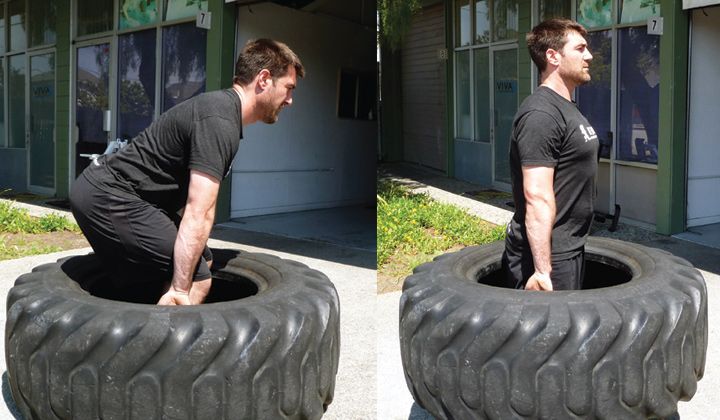 The owner of the vehicle will be forced to eliminate defects on his own if there have been:
The owner of the vehicle will be forced to eliminate defects on his own if there have been:
If the vehicle is used intensively, it may be necessary to replace the tires before the end of the warranty period. Therefore, regulatory documents establish the mileage after which you should think about replacing tires. nine0005
Therefore, regulatory documents establish the mileage after which you should think about replacing tires. nine0005
The maximum standard mileage is:
The actual rate of tire wear may differ from the standard values due to a whole list of factors, such as:
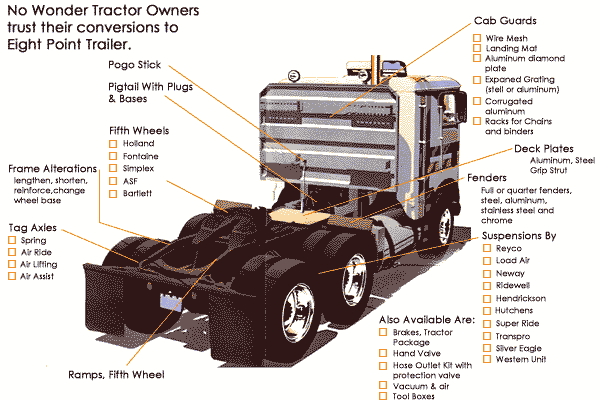 Low-quality products under the influence of abrasive particles wear out very quickly. nine0104
Low-quality products under the influence of abrasive particles wear out very quickly. nine0104 You can determine the need for tire replacement yourself by the following signs:
Table of minimum allowable tread depth for different modes of transport as amended on 01.01.2015
| Minimum allowable remaining tread depth | Type of transport |
| 0.8 mm | L - motorcycles, mopeds, quad bikes |
| 1. | N2, N3, O3, O4 - trucks with a maximum permissible mass of more than 3.5 tons and trailers with a maximum permissible mass of more than 3.5 tons |
| 1.6 mm | M1, N1, O1, O2 - cars, trucks and trailers with a maximum authorized mass of less than 3.5 tons |
| 2.0 mm | M2, M3 - buses |
| 4.0 mm | Winter tires marked M+S, M&S, M S, the residual tread depth does not depend on whether tires are installed on cars or trucks |
 If it does not exceed 50% of the original value, then the tires must be replaced. nine0104
If it does not exceed 50% of the original value, then the tires must be replaced. nine0104 Important! If the outer edges of the tire wear faster, the internal pressure is insufficient. Accelerated wear of the central part indicates excessive pressure. Wear on one side indicates a violation of the toe angle. Uneven surface wear is evidence of aggressive driving with rapid acceleration and hard braking.
You can extend the life of your tires by doing the following:
Normative document regulating the terms and conditions of tire storage - GOST 24779-81. However, it is believed that when standard storage conditions are created, after 5 years of storage, tires retain the characteristics corresponding to the properties of a new product. If this period is exceeded, product characteristics may decrease.
However, it is believed that when standard storage conditions are created, after 5 years of storage, tires retain the characteristics corresponding to the properties of a new product. If this period is exceeded, product characteristics may decrease.
Basic requirements for a room intended for storage of tires:
Previous article↑ ArticlesNext article Consumer disputes over the age of tires have not subsided for several seasons. Buyers are excited that the warranty period for tires is limited to 5-6 years according to GOST, and after the expiration of this period, the rubber becomes unusable. nine0005
Is this really the case, read this article.
Manufacturers of most brands for their products set shelf life - 5 years and the service life is also 5 years .
The shelf life of a tire is the period during which it retains its performance when properly stored.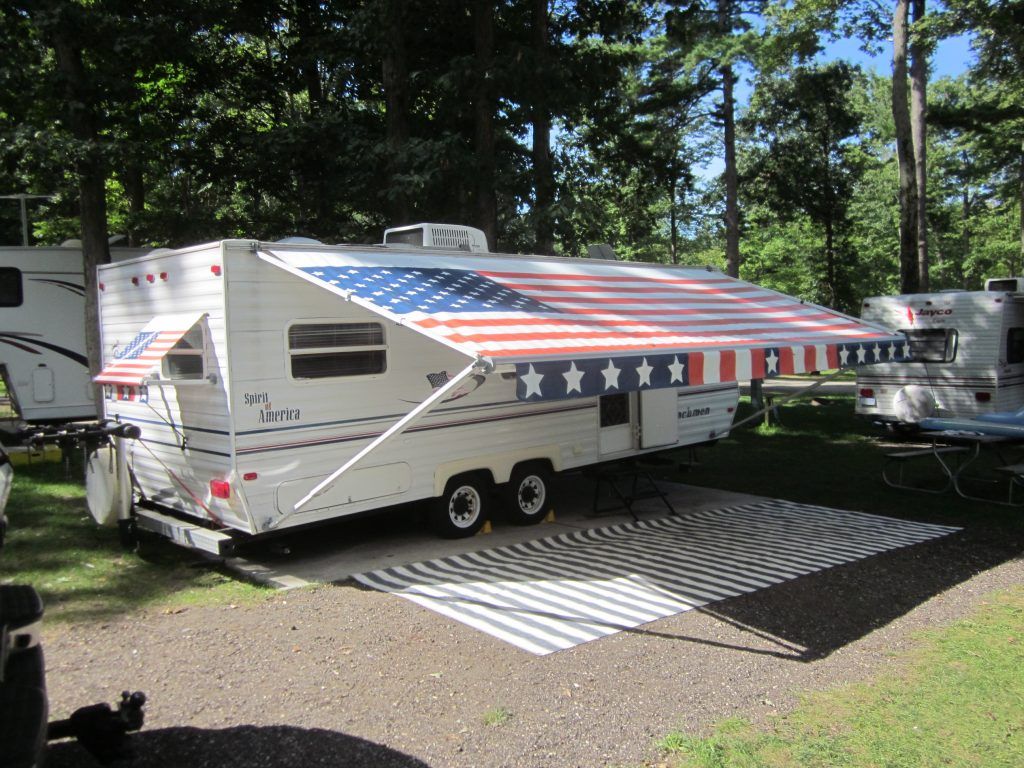
The end of this period does not mean that the tires have become unusable . A shelf life of 5 years is given by manufacturers because, by law, they cannot set a shelf life higher than the service life. Tires over 5 years of storage cannot be called damaged or defective, their technical characteristics may be slightly reduced. American researchers argue that the period of storage of "shoes" must be at least 10 years. Experts from Germany are sure that it cannot exceed 6 years.
The expiration date of tires is the warranty period during which the manufacturer is responsible for the quality and condition of the tire if it was used for its intended purpose without violating the operating rules.
According to Russian legislation (GOST 5513, GOST 4754-97) , the service life of tires is 5 years from the date of manufacture.
How can I find out the date of manufacture of tires?
You can find out the age of tires by a special DOT code.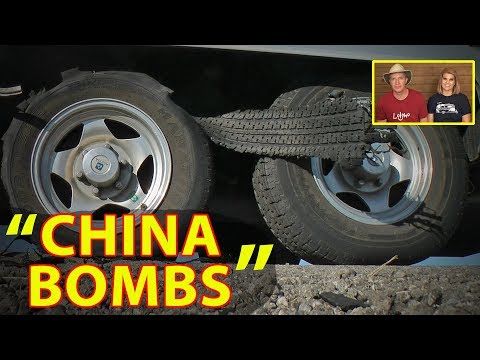 Tires manufactured after 2000 in the DOT code contain two pairs of numbers, where the first pair indicates the week number of the year, and the second pair indicates the year. Earlier tires before 2000 have 3 numbers in their composition, where the first two digits are the week number, and the last one is the year (see the transcript in the photo). nine0005
Tires manufactured after 2000 in the DOT code contain two pairs of numbers, where the first pair indicates the week number of the year, and the second pair indicates the year. Earlier tires before 2000 have 3 numbers in their composition, where the first two digits are the week number, and the last one is the year (see the transcript in the photo). nine0005
Determination of the average shelf life of a tire according to GOST and operating conditions.
- The symbol ZR denotes tires for high-speed cars. They are recommended to be used at speeds over 240 km/h. up to 6 years
- Tires with the H symbol are used at a maximum speed of 210 km/h. within 5 years.
- The sign S symbolizes the maximum permissible speed of 180 km/h. and operational period of 4-5 years. nine0005
Most tire manufacturers do not agree that tire life is limited to 5 years. Each company has its own opinion on this matter. We analyzed several of them and the information they posted on their official websites.
We analyzed several of them and the information they posted on their official websites.
Michelin
The French tire manufacturer Michelin has become famous for its active fight against the perception of the rapid aging of tires as a perishable product. Her information campaign "Tires Are Not Bananas" created a lot of noise in the automotive environment. According to the representative office, several test trials were carried out in Saudi Arabia, South Korea and Germany. As a result of testing, no difference was found between new tires and tires stored for 3 years. They were tested for various characteristics such as rolling resistance, high speed durability, etc. Tires with a year life were approximately equal in performance to 10-year unused tyres. nine0005
Michelin focuses the attention of car owners on the fact that tires are not a perishable product, their shelf life is not as important as the service life is important, starting from the date the tires are installed on the rims. It is from this moment that the tire is subjected to all tests: pressure, temperature changes, wear, contact with uneven and sharp coatings, etc.
It is from this moment that the tire is subjected to all tests: pressure, temperature changes, wear, contact with uneven and sharp coatings, etc.
Continental
On the Russian official website of Continental, we found the following information on the expiration dates of tires. nine0005
“When a tire is stored in the correct position and under the recommended conditions, it will not lose its original balanced performance for 5 years from the date of manufacture of the tire.
A properly maintained, unused tire less than 5 years old can be sold as a new tire and used normally.
Continental recommends replacing all tires (including spares) with a sidewall date greater than 10 years. nine0005
nine0005
Nokian
The following information is posted on the Nokian official website:
“Tire life is not defined by law, but tires can only be considered “new” if they have been manufactured within the last five years. The recommended service life of tires is six years and the recommended maximum period is 10 years.
The opinion of our specialists, based on many years of experience, coincides with the opinion of manufacturers: the shelf life is 5 years + the service life is up to 10 years. Moreover, more "adult" tires, in our opinion, are of better quality. nine0005
To keep tires as long as possible, they are stored in compliance with all rules and recommendations. The main condition is a cool, ventilated, darkened room away from oils, paints, ozone, and heat sources.
Rubber products tend to lose their performance over the years. To prevent and slow down this process, manufacturers add polymers to the rubber compound.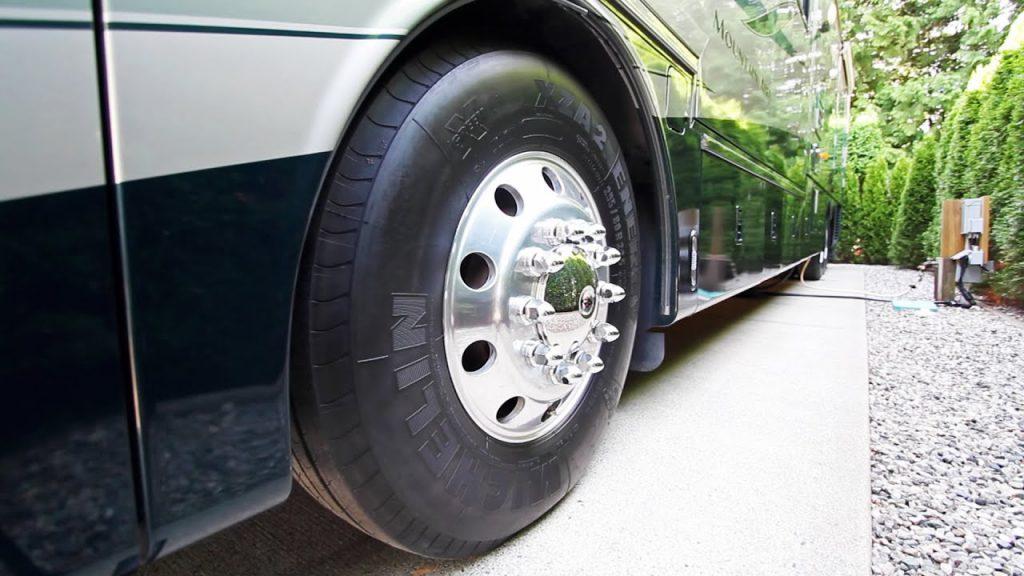 They prevent oxidative processes that occur due to the interaction of protectors with oxygen and ozone. nine0005
They prevent oxidative processes that occur due to the interaction of protectors with oxygen and ozone. nine0005
The following are the main conditions for the proper storage of tires in accordance with GOST 24779-81:
Maintaining a constant regime without sudden jumps, slight temperature fluctuations from -30°С to +35°С are allowed;
Provide a low humidity level of 50-80% in a dry, ventilated cool room;
Avoid direct sunlight, use darkened hangars, shield heat sources; nine0005
Keep away from sources of heat;
Tires should not come into contact with corrosive, copper materials.
Avoid kinking, loading or positioning on an uneven surface.
Avoid contact with oils, organic solvents, acids, alkalis, fuels and lubricants on the tire surface. It is forbidden to lay tires on a wet and dirty surface. nine0005
In the warm season, when storing tires outside, they should be covered with light-tight material and raised above ground level to ensure ventilation and prevent the occurrence of the greenhouse effect.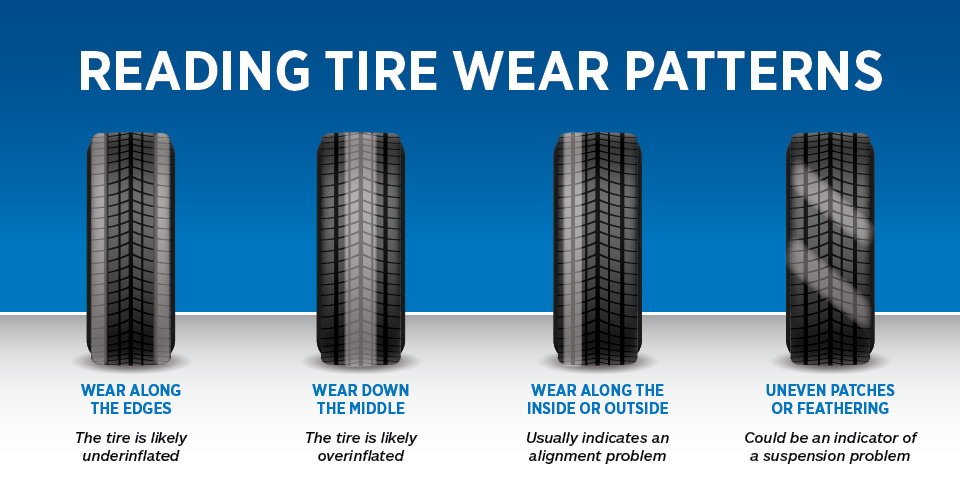
Storage on reflective, light and heat absorbing surfaces is prohibited.
Keep away from chemicals, oils, paints, open flames, electric motors that produce ozone. nine0005
Used tires must be washed and dried.
Tires without rims should be stored upright.
The service life depends on many factors: the load on the car, the quality of the roads, the driving style, the distance traveled, tire damage, etc. To increase their service life, follow these rules: nine0005
Check tire pressure every 2-3 weeks. With reduced pressure, tire wear increases by the equivalent of a % reduction. For example, a 15% reduction in pressure can result in a 15% reduction in service life. Inflated tires are less scary.
The wear of the front tires is always significantly higher than the rear ones, so it is recommended to swap them after some time, carefully watching the direction of the tread pattern and the direction of rotation.